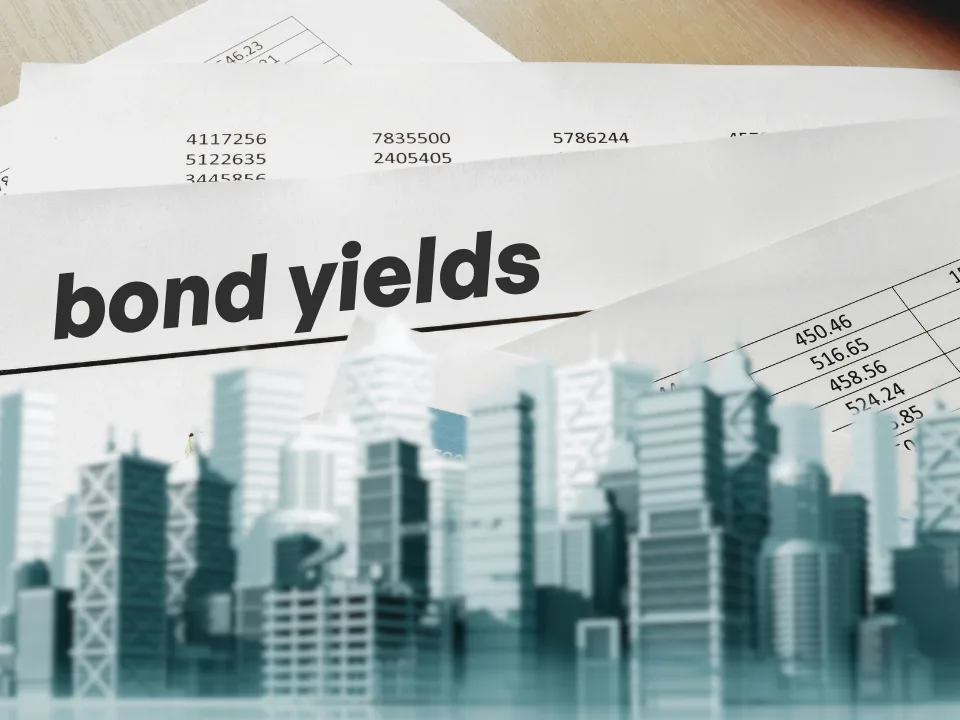- Jamie Dimon cautions that US economic conditions could deteriorate “soon,” with modest upticks in inflation and dips in employment likely.
- The JPMorgan CEO cited lingering effects of Trump-era tariffs and an unusually rapid increase in the workforce as potential drags on economic momentum.
- Despite recent resilience in consumer and business sentiment, Dimon emphasized that inflection points are historically difficult to predict—especially when driven by leverage and growing fiscal deficits.
Dimon’s Warning
At a company conference on June 10, JPMorgan Chase CEO Jamie Dimon said he sees potential cracks forming in the US economy. “I think there’s a chance real numbers will deteriorate soon,” he stated, pointing to rising inflation and falling employment as plausible near-term risks, reports GlobeSt.
Labor Supply Surge
Dimon noted that the US workforce has added eight million people in recent years—far more than those who exited and re-entered post-pandemic. While this explains the persistently low unemployment rate, he warned that such rapid labor growth could become a drag if the economy slows.
Get Smarter about what matters in CRE
Stay ahead of trends in commercial real estate with CRE Daily – the free newsletter delivering everything you need to start your day in just 5-minutes
Tariff Impacts Looming
According to Dimon, companies and consumers have been stockpiling goods to preempt the cost of tariffs—an artificial demand bump that may now be fading. He estimates pre-tariff purchases were running at $1B per day. Now, with inventories full, the downstream effects are beginning to show.
Sentiment Is Not A Signal
While sentiment remains positive, Dimon was quick to dismiss it as a reliable economic gauge. “Neither consumers nor businesses ever pick the inflection points,” he said, cautioning against using mood data as a timing tool.
Fiscal Concerns Ahead
Dimon cited leverage and government deficits as the biggest red flags. With 10-year Treasury yields stuck in the 4.3% to 4.4% range—levels not seen since 2006—investors are signaling concern. The difference now? Yields are climbing, not falling.
Why It Matters
Dimon’s comments add to a chorus of caution from business leaders who see the tailwinds of pandemic-era support fading. As monetary and fiscal conditions tighten, even a modest economic softening could challenge the current market equilibrium.
What’s Next
Investors and policymakers alike will be watching labor data, inflation metrics, and yield curves for signs of the slowdown Dimon anticipates. In a complex post-COVID landscape, predicting the turning point remains as difficult as ever.

















